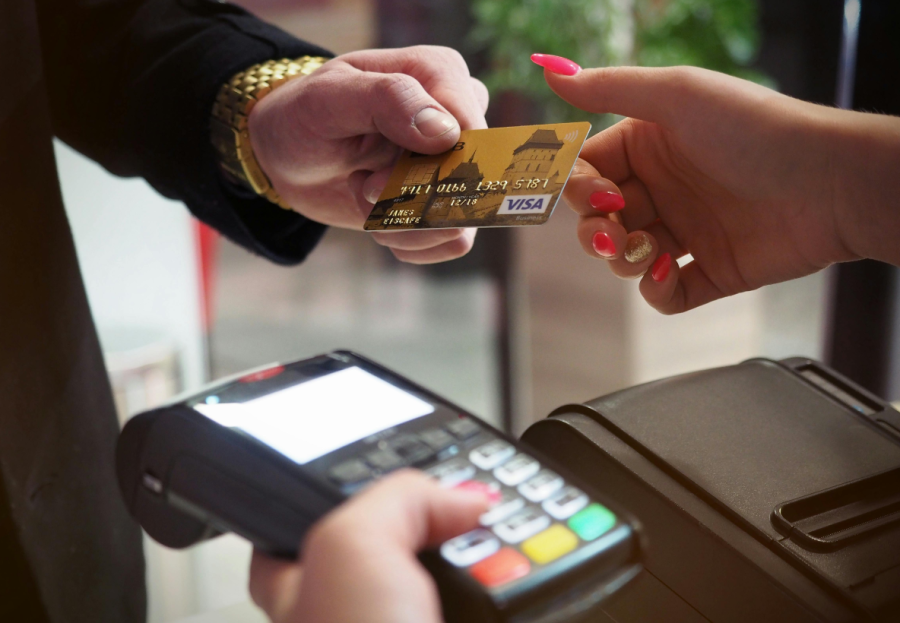The power of data to measure digital PR

How do you know when a job is done? It’s one of the curious foibles of marketing: success can be difficult to trace.
Digital PR is slightly unusual in this respect. There are several clearer ways in which its impact can be seen on your business and the audience you need to target. Accurate measures steady its direction and drive it forward, achieving what you need your marketing activity to do.
By using the following techniques, the effectiveness of your marketing efforts can be assessed and the process fine-tuned, to make sure that your strategy achieves what it needs to, and continuously evolves and improves with changing market forces and challenges.
Data removes the guesswork
Traditional PR requires, in its initial stages, a leap of faith. Deciding on the strategy’s direction is largely down to the perception, intuition and judgement of account managers and directors. When it comes to knowing how a particular section of the media will receive a piece of news, they’re amongst the best around.
Whilst this skill is also crucial for digital PR, we have an extra tool in our arsenal. Data.
Because of digital PR’s sistership with SEO, they share the same end goals. Namely, to get your website to appear higher on search engine results pages (SERPs) than it currently does. As a result, many of the methods used for technical SEO can help to steer campaigns and provide a yardstick for their success.
Measurability
Whereas the success of traditional PR activity is notoriously difficult to judge, relying on metrics such as the advertising value equivalent (AVE) of coverage, audience figures or circulation, digital PR is able to provide much more accurate figures that relate more directly to your activity.
i. Links
Backlinks are one of the main focusses of digital PR, even if they’re not its sole purpose. They are one of the key aspects that differentiate it from its traditional stablemate.
A common trap to fall into is to simply count up the quantity of links a campaign achieves, as though more is automatically better. But, as much as human nature wants us to be able to quantify everything with a simple, single number, that’s not how it works.
What’s more important is how relevant the links a campaign achieves are to your overall goal, the quality of the sites on which they sit, and how they affect and drive your wider marketing strategy. It’s all about coverage on specific sites, in specific areas and for specific purposes.
ii. Page views
In creating specific content on your website, to which links from a campaign are directed, you have a specific page that can be used to measure visitors. How many people visit the page, where they came from and how long they spend reading is a goldmine of information that shows whether it is offering information that people find interesting. We’re then able to use this data to hone and refine future campaigns.
iii. Rankings
When you have technical aspects of your SEO in place, a campaign’s supply of backlinks – relevant to your sector and consistently spread – will slowly see your website appear in stronger positions for search queries. This is a steady process and is never an overnight occurrence. You need to remember that this is all about long-term objectives rather than short-term wins, building your website’s stature in Google’s eyes.
In turn, this should boost…
iv. Organic traffic
The ultimate goal of digital PR – and of all marketing – is to deliver more people into your sales funnel. Be it interest in your business as a whole or in a particular product or service, an uplift in enquiries or transactions is a reliable confirmation of success.
This is, of course, a cumulative effect of a marketing strategy as a whole, in which digital PR plays a major part. In the same way that the stones of an arch all need to be in place to function, missing one element out of your plan will create a struggle to get results.
Intrigued? Visit our digital PR service page or continue reading the following articles to learn more about digital PR:
- Why digital PR is important for any business
- The difference between digital PR and traditional PR
- How digital PR improves SEO
- Digital PR is more than just link building
- Creating a digital PR strategy




